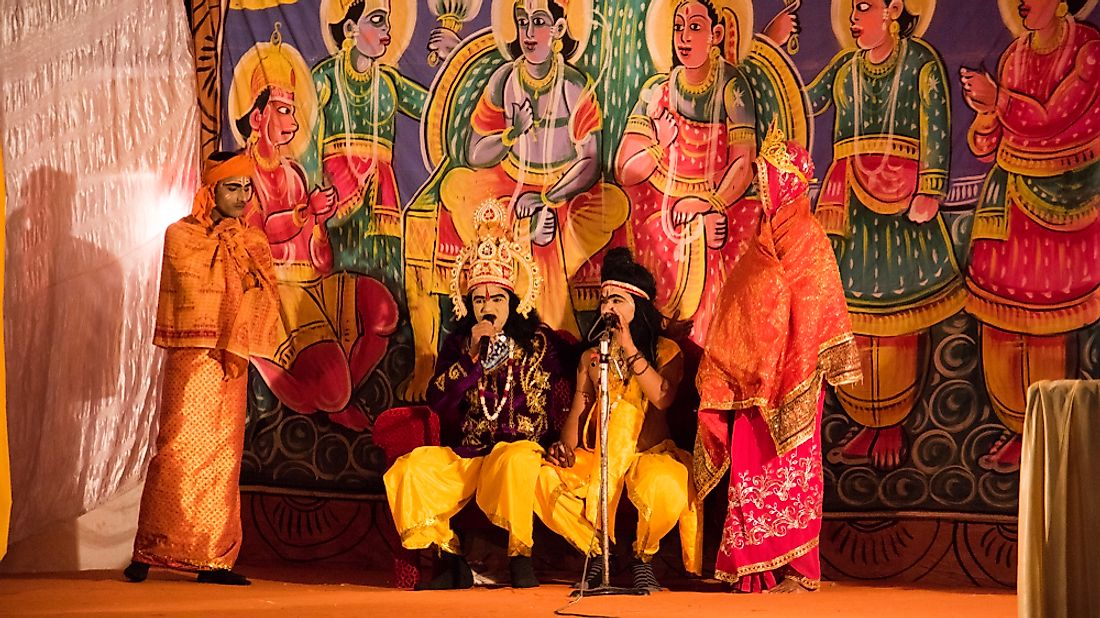What is an Intangible Cultural Element?

Intangible Cultural Heritage
Intangible cultural heritage is the representations, practices, expressions and knowledge that communities, groups, and individuals recognize as part of their cultural heritage. They are expressed in different ways including language, performing arts, social practices, knowledge, and craftsmanship among others. Cultural heritage is mainly passed down from one generation to another. They are capable of being recorded and stored but cannot be touched or kept in physical forms. The 2003 Convention for the Safeguarding of the Intangible Cultural Heritage defines what they are and the appropriate steps towards their preservation.
Intangible cultural heritage is essential for the maintenance of cultural diversity in the face of constant globalization. They also help to promote intercultural dialogue between people of diverse cultural background. In turn, it promotes respect for different ways of life. The importance of ICH is not in their manifestation but rather the wealth of knowledge and skills that it transmits to subsequent generations. They are also significant because they are contemporary, living and traditional at the same time. They are practiced by people both in the rural and urban centers. People of different cultural groups also tend to share the ICH. They may be neighboring communities or groups who came in contact at one time. It, therefore, helps to reinforce the sense of oneness amongst diverse groups. To preserve these, they have to be identified and rightly attributed to the relevant group.
Types Of Intangible Cultural Heritage
ICH attempts to preserve cultural heritage with the people or community by protecting the process that allows the shared knowledge and skills to be passed down to the future generations. Food heritage is the other aspect that it attempts to preserve. Some of these include the Mexican cuisine and the traditional Japanese diet among others. Digital heritage is a representation of the ICH in the digital format.
Top Three Countries
The leading countries inscribed by UNESCO with intangible cultural heritage elements are China, Japan, and South Korea. Other countries with the highest numbers include Turkey, Spain, Croatia, France, and Belgium. China has 38 intangible cultural elements inscribed by UNESCO. China ratified the convention in 2004. There was established a committee to oversee the process of adding up more elements to the collection. Some of these items from China include the Kun Qu Opera, artistic devices, and artifacts among others. Japan has 22 intangible cultural elements inscribed by UNESCO. There is a committee which is charged with the task of overseeing these elements. They report periodically to the global body and also have a role in the addition of new elements to the collection. South Korea has 19 intangible cultural elements inscribed by UNESCO. The first to be listed was the ancient music and dance performed at an ancestral shrine in Seoul. It was listed in 1964. The most recent were the gold leaf decoration in 2006.
Significance Of Intangible Cultural Heritage
UNESCO has effectively assisted in the preservation and ensured the continuity of various ICH among diverse groups of people in different parts of the world. It has also helped with the enhancement and appreciation of different aspects of cultures that different groups embrace. In so doing, integration among different peoples has been enhanced. Through the committees established in various countries, additional elements are always being added up to the collections.
Countries With The Highest Number Of UNESCO-Inscribed Intangible Cultural Elements
| Rank | Country | Number of Intangible Cultural Heritage elements inscribed by UNESCO |
|---|---|---|
| 1 | China | 38 |
| 2 | Japan | 22 |
| 3 | South Korea | 19 |
| 4 | Turkey | 14 |
| 5 | Spain | 14 |
| 6 | Croatia | 14 |
| 7 | France | 13 |
| 8 | Belgium | 12 |
| 9 | Mongolia | 12 |
| 10 | India | 12 |











